Templo Anguksa en Muju (안국사(무주))
11.5Km 2024-04-07
Sanseong-ro 1050, Jeoksang-myeon, Muju-gun, Jeonbuk-do.
El templo Anguksa es el único del monte Jeoksangsan. Fue construido en el año 1227, durante el tercer año del reinado de Chungnyeol, por el monje Wolin. Unos archivos históricos secretos, llamados Sagak, fueron construidos en la montaña para albergar los Joseonwangjo Sillok (Anales de la Dinastía Joseon) en 1614 (durante el sexto año de reinado de Gwanghaegun), mientras que Seonukgak fue construido en 1641 (durante el 19 año de reinado de Injo) para albergar Seonwonnok (registros genealógicos reales). Ambos lugares fueron designados como Archivos Históricos Jeoksangsan durante la dinastía Joseon. El templo Hoguksa también fue construido en esa época, para prevenir accidentes que afectasen a los archivos. Hoguksa, junto con el ya existente templo Anguksa, era usado para hospedar a los soldados que protegían los archivos.
Debido a la construcción de la Central Eléctrica de Muju, el templo Anguksa fue trasladado al recinto de Hoguksa en 1995. Con 15 construcciones, este templo está rodeado por el lago Sanjeong. Es accesible mediante coche por una carretera pavimentada. Las atracciones cecanas incluyen el Complejo Recrativo Muju Resort y el valle Gucheondong de Muju.
Sitio Histórico de Archivo del Monte Jeoksangsan (적상산사고지)
11.7Km 2024-04-06
Sanseong-ro 960, Jeoksang-myeon, Muju-gun, Jeonbuk-do.
Wonhak Goga (원학고가)
12.5Km 2025-06-04
109-5, Hwangsan 1-gil, Geochang-gun, Gyeongsangnam-do
Suseungdae de Geochang (거창 수승대)
12.6Km 2024-11-19
Eunhari-gil 2, Wicheon-myeon, Geochang-gun, Gyeongsangnam-do
Geochang está situado en la zona montañosa al noroeste de la provincia de Gyeongsangnam-do y comparte fronteras con las provincias de Gyeongsangbuk-do y Jeonbuk-do. Suseungdae se encuentra en el Parque Nacional del Monte Deogyusan, que se ubica en el centro de las tres provincias adyacentes.
Es una de las atracciones turísticas más antiguas de Geochang y fue llamada originalmente Susongdae, ya que era un lugar donde partían los enviados de Baekje a Silla durante la Era de los Tres Reinos. Más tarde, durante el período Joseon, el nombre fue cambiado a Suseungdae. Hoy en día, sus salas de conferencias y pabellones de estilo antiguo ofrecen excelentes puntos de observación para los visitantes. La atracción también está totalmente equipada con una piscina al aire libre, un espacio para hacer acampada y otras instalaciones. En las noches de agosto, también acoge el Festival Internacional de Teatro.
Cueva del Vino Meoru de Muju (무주머루와인동굴)
13.1Km 2024-12-06
Sanseong-ro 359, Jeoksang-myeon, Muju-gun, Jeonbuk-do.
La Cueva del Vino Meoru de Muju está rodeada de un hermoso paisaje natural y diversos patrimonios culturales. El túnel del vino en esta cueva almacena y vende vino meoru (uva silvestre coreana), una especialidad local que representa el municipio de Muju. La cueva se compone de la Casa de Vino y la Puerta Secreta. Los dos pisos de la casa tienen un lugar donde se sirve vino y también té. La Puerta Secreta incluye una sala de degustación de vino y una zona de almacenamiento de esta bebida alcohólica.
Puerta Rajetongmun (라제통문)
15.2Km 2024-04-07
Seolcheon-myeon, Muju-gun, Jeonbuk-do.
La puerta Rajetongmun es una cueva de roca en el monte Seokgyeonsan, localizada en el límite histórico entre los antiguos reinos de Silla y Baekje. Esta cueva es de aproximadamente 3 metros de altura y 10 metros de largo. Durante el Período de los Tres Reinos, los acantilados del monte Seokgyeonsan sirvieron de límite entre los distritos de Mupung (Silla) y Muju (Baekje). Las culturas de ambas regiones eran ampliamente diferentes. Incluso hoy en día se puede notar la diferencia de dialectos en un día normal de mercado.
Durante la ocupación japonesa de Corea (1910-1945) se cavó un túnel en la roca para el traslado de vacas y carros tirados por caballos entre Muju y Gimcheon.
En el pasado, la puerta Rajetongmun también fue atravesada en muchas ocasiones por el famoso general Kim Yoo Shin desde el reino de Silla. Este militar fue un héroe de la unificación de los tres reinos, por eso también se conoció al lugar como puerta Tongilmun (literalmente, "Puerta de la Unificación").
Taekwondowon (국립태권도원)
16.5Km 2024-04-07
Museol-ro 1482, Seolcheon-myeon, Muju-gun, Jeonbuk-do
+82-63-320-0114
Taekwondowon es un lugar para practicar el 'cambio' con el objetivo de cultivar el espíritu del taekwondo a través del entrenamiento físico y la búsqueda del dominio de las formas de este arte marcial. En este espacio se ofrecen 45 tipos de programas bajo los temas de experiencia, entrenamiento, descanso e interés. Los programas están abiertos a cualquiera que esté interesado en entrenar cuerpo y mente con el taekwondo, incluidos practicantes locales e internacionales, grupos de negocios, estudiantes, y el público general.
Observatorio del Parque de Taekwondo (태권도공원 전망대)
16.5Km 2024-04-06
Museol-ro 1482, Seolcheon-myeon, Muju-gun, Jeonbuk-do
El Parque de Taekwondo es el santuario de tanto los aficionados como los profesionales que sienten una gran pasión por el arte marcial coreano taekwondo, un legado de gran valor cultural y artístico.
Bandi Land de Muju (무주 반디랜드)
17.0Km 2024-12-06
Museol-ro 1324, Seolcheon-myeon, Muju-gun, Jeonbuk-do.
Bandi Land es un lugar interactivo que permite aprender de la naturaleza, principalmente las luciérnagas, y de la astrología con diferentes instalaciones, como: el mayor centro de exposición de insectos y animales en Corea, mariposas y plantas tropicales, sala de proyección de videos sobre el universo, salas de 3D sobre luciérnagas, escuela natural, observatorio de la astrología y luciérnagas, campamento para jóvenes, casas de madera, etc.
Festival de las Luciérnagas de Muju (무주 반딧불축제)
18.3Km 2025-08-13
Hanpungnu-ro 326-17, Muju-eup, Muju-gun, Jeonbuk-do
063-324-2440
La región de Muju, en donde se realiza el festival, es uno de los lugares designados como Patrimonio Natural de Corea por ser el hábitat de las luciérnagas. Entre los eventos, el más destacable es el programa interactivo de explorar las luciérnagas nocturnas. Además, el festival está programado con varios eventos para participar en la naturaleza, como pesca, paseos en balsas, etc.

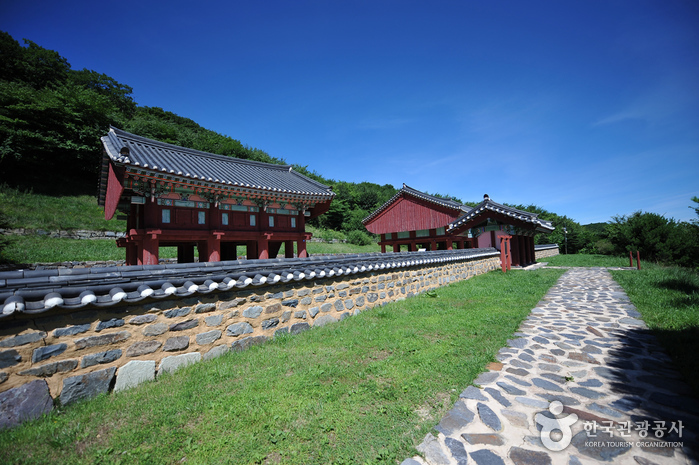
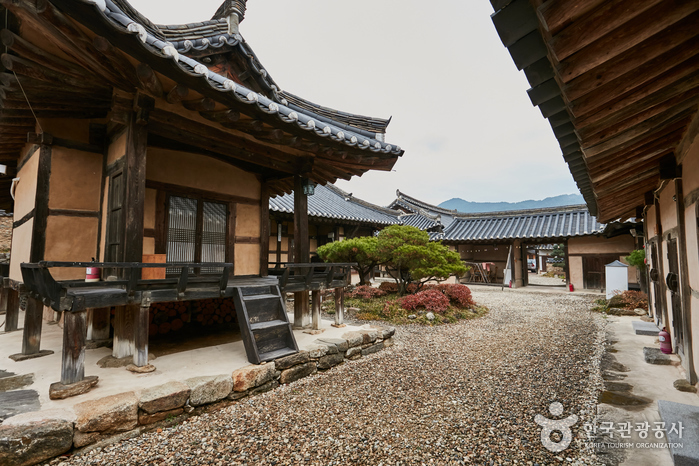
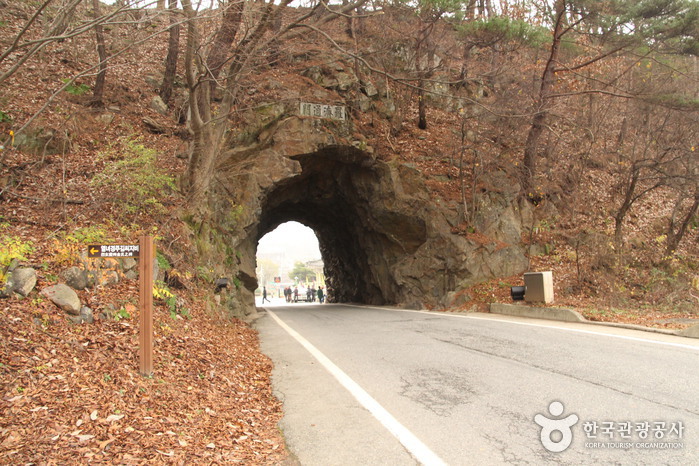
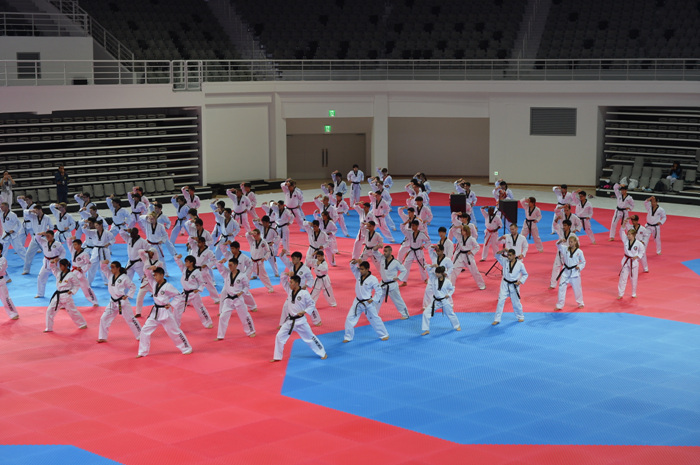
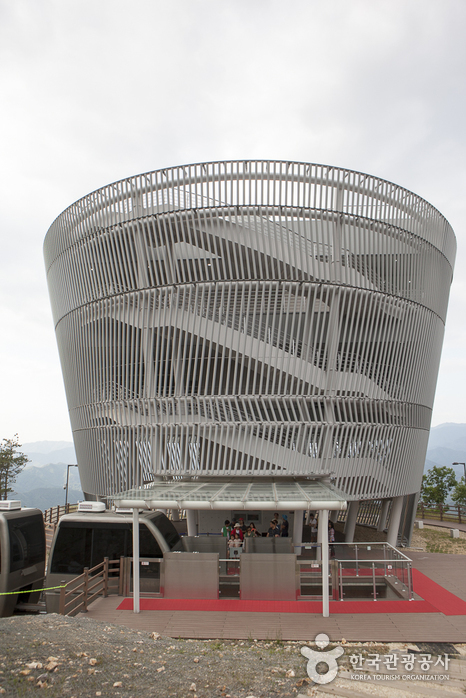
 Español
Español
 한국어
한국어 English
English 日本語
日本語 中文(简体)
中文(简体) Deutsch
Deutsch Français
Français Русский
Русский